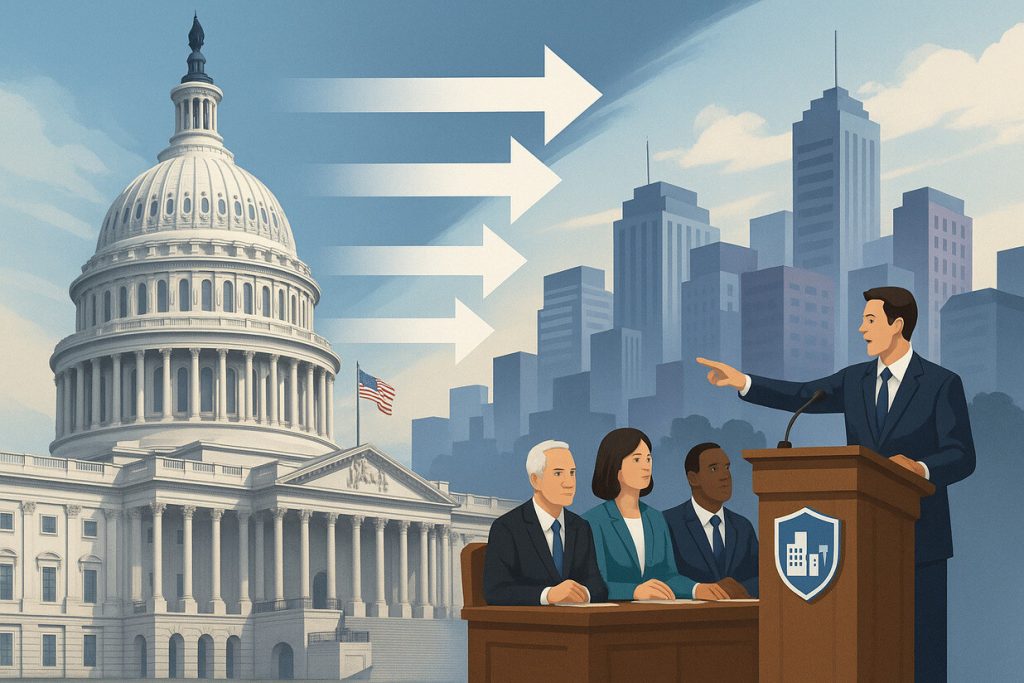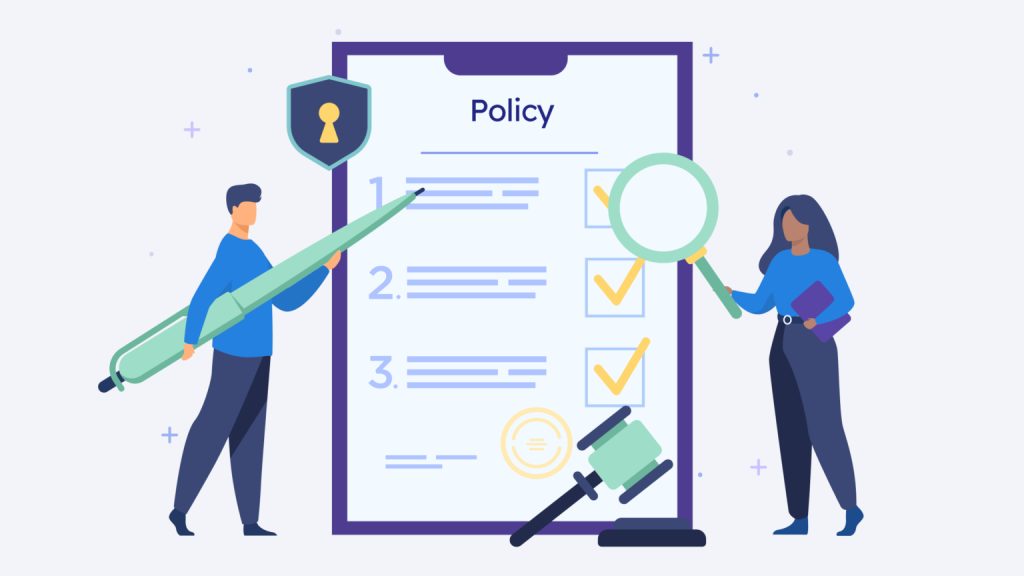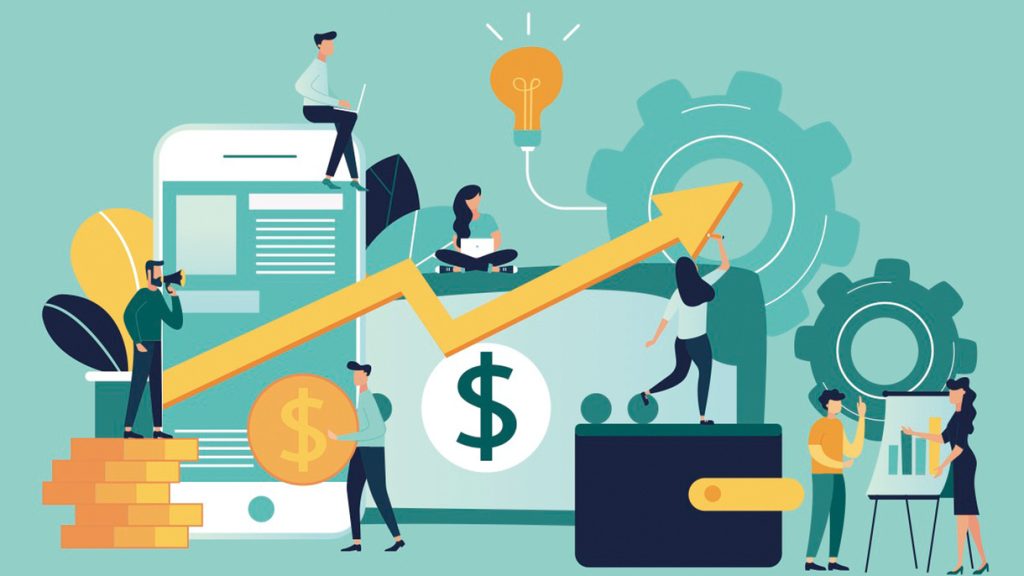Author: Susan Brown

How Recent Earthquakes Affect Public Policy
Understanding the Link Between Natural Disasters and Public Policy Natural disasters have long been a driving force behind public policy reforms, compelling governments to reassess their preparedness, response strategies, and long-term infrastructure planning. Earthquakes, in particular, pose unique challenges due…

How Federal Actions Influence Local Policy Making
The Relationship Between National and Local Governments Federal decisions often reach far beyond Washington, touching communities across the country. Policies created at the national level set the tone for what happens locally, whether through funding, regulations, or mandates. Although local…

How Local Journalism Shapes Voter Awareness
The Lasting Power of Local News in Democracy Local journalism holds a special place in the heart of a community. While national outlets report on broader topics, it is local newsrooms that dig into city council meetings, school board decisions,…

How Civic Surveys Influence Policy Priorities
Understanding the Role of Public Feedback in Shaping Governance Civic surveys are more than just questionnaires— they’re powerful tools that give everyday people a say in how their communities are run. Whether it’s about fixing potholes, funding public parks, or…

How Market Trends Affect Public Spending
Shifts in the Economy and Their Ripple Effects on Government Budgets When consumer confidence shifts or stock markets fluctuate, the effects go beyond private wallets. Market trends send signals that influence how governments plan and adjust their spending. Rising inflation,…

How Tax Policy Shapes Economic Growth
Understanding the Connection Between Taxes and Economic Growth Taxes influence nearly every aspect of an economy. They affect how much people spend, save, and invest. When governments adjust tax policies, they can either encourage or discourage economic activities. For instance,…

How Town Meetings Foster Civic Engagement
A Gathering That Gives Everyone a Voice Town meetings have long served as spaces where everyday citizens can meet, speak, and help shape their communities. They give people a direct line to local government—something often missing in larger, more distant…

How Social Media Drives Political Conversations
Platforms as Modern Public Squares Social media has shifted how people talk about politics. It’s no longer confined to town halls or television debates. Now, a tweet or a viral video can shape opinions and even influence elections. These platforms…

How Eastern Standard Time Affects US Government Operations
The Role of Time in Government Operations Time plays a fundamental role in government operations, ensuring that policies, administrative tasks, and legislative processes function smoothly. In the United States, coordinating across different time zones presents a challenge for national governance,…

How Trade Policies Impact Domestic Markets
Influx of Cheap Goods and Local Competition When a market opens to global trade, more foreign products enter the country. These are often cheaper due to lower production costs abroad. While this benefits consumers, it creates challenges for local businesses.…